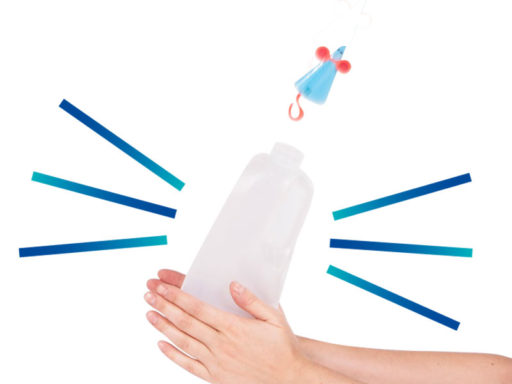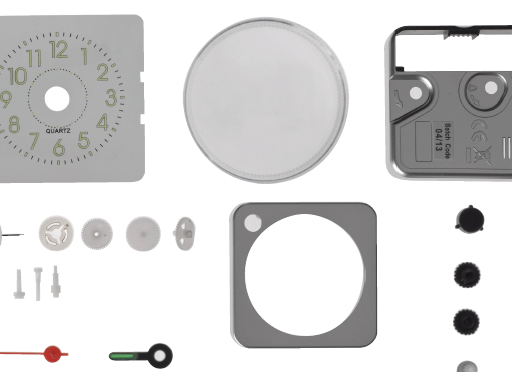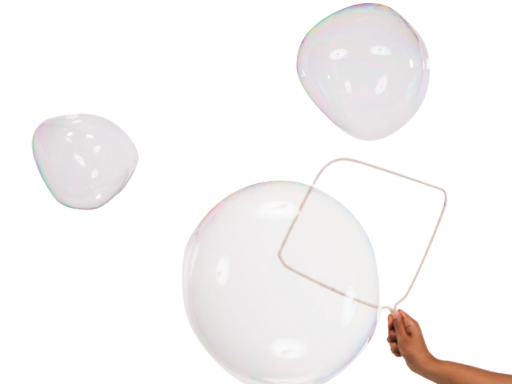This activity provides a fun way to explore magnetism. It involves the simple task of using a magnet to guide a coin through a maze drawn on the side of a plastic bottle. There are plenty of opportunities to think and talk about how magnetism works, and why magnets only attract certain materials.
Printable downloads
Follow these steps…
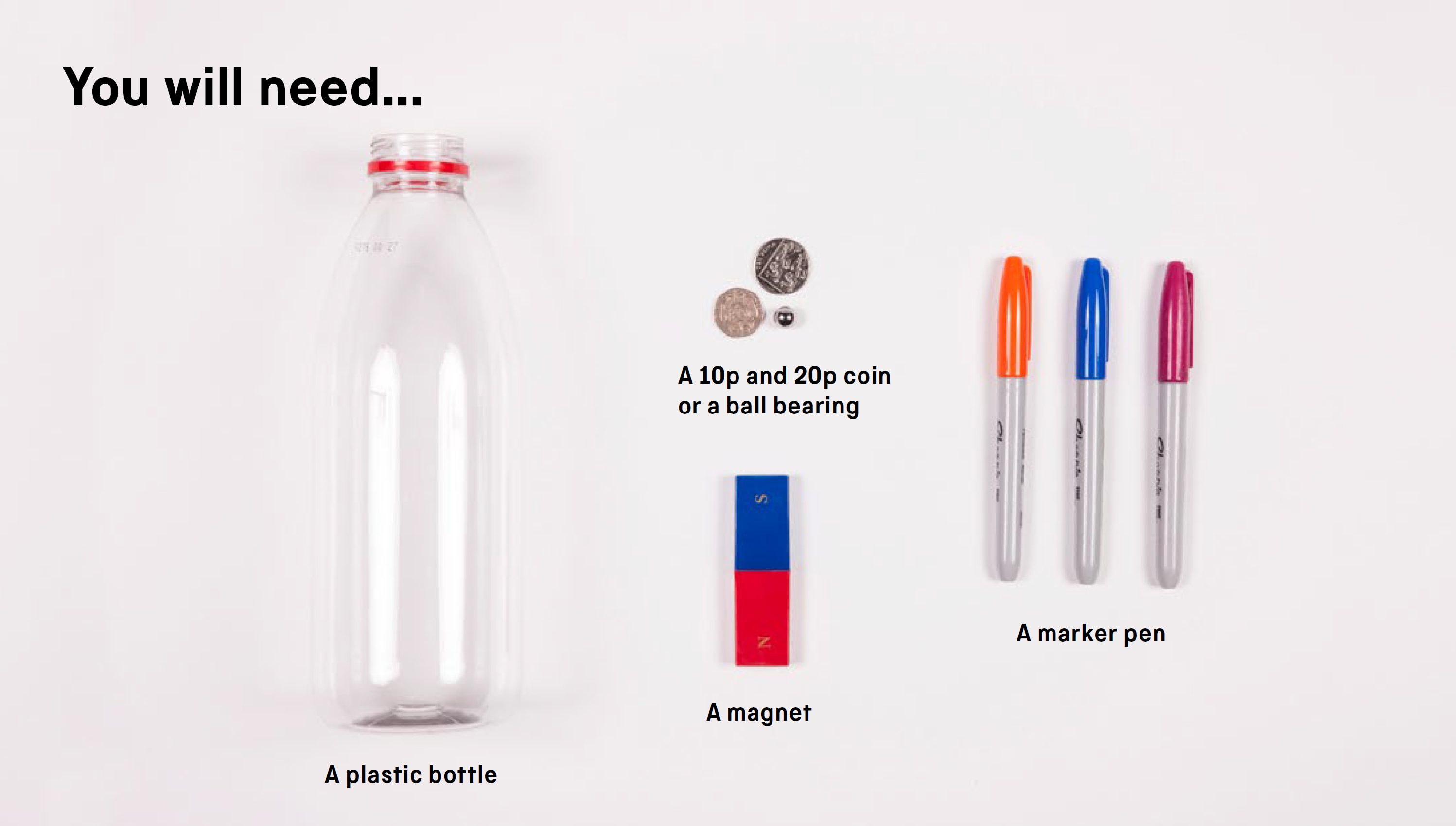
-
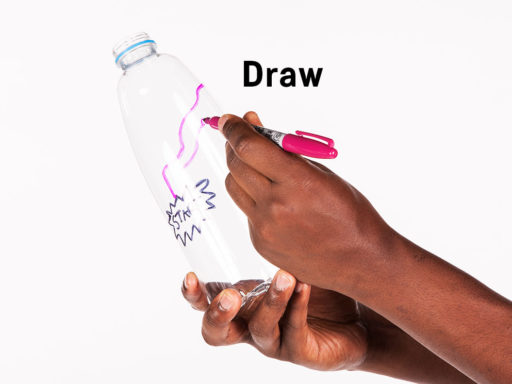 Draw a maze onto the bottle with a marker pen.
Draw a maze onto the bottle with a marker pen. -
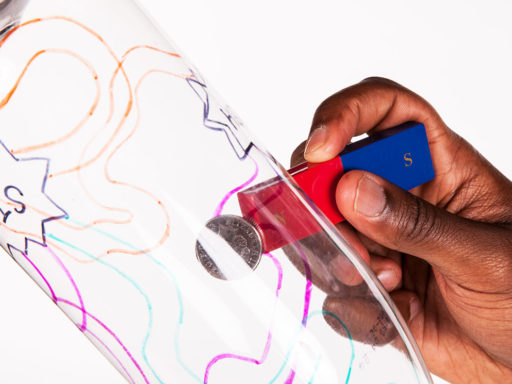 Drop the coin or ball bearing inside the bottle and use a magnet to guide it through the maze.
Drop the coin or ball bearing inside the bottle and use a magnet to guide it through the maze. -
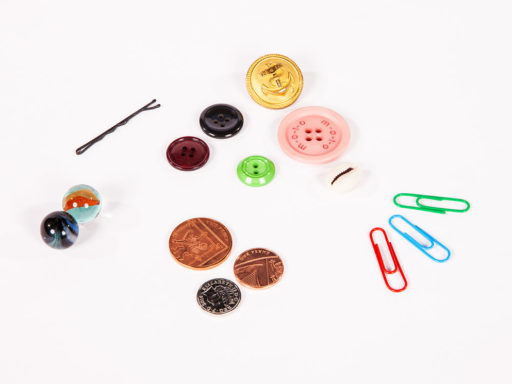 Try doing the same with your other objects. Which ones work, and why?
Try doing the same with your other objects. Which ones work, and why? -
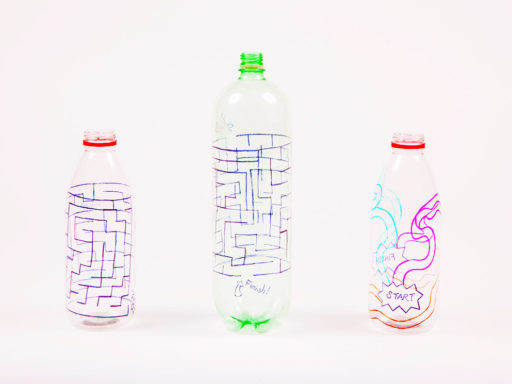 Try some different maze patterns too.
Try some different maze patterns too.
Think and talk about…
- What happens when you hold the magnet near the coin or ball bearing?
- Why doesn’t the bottle stick to the magnet?
Investigate…
- Does this work with all coins?
- Try some other things inside your bottle maze, such as a button, marble or hair clip. Which materials stick to the magnet?
Did you know?
The word ‘magnet’ comes from part of Ancient Greece called Magnesia, where a magnetic iron ore was mined.
What’s the science?
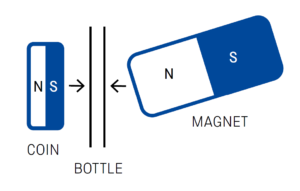 A magnet is anything that has a magnetic field around it. In this activity, the magnet’s field temporarily makes the coin into another magnet. The two magnets attract, and the coin is pulled towards the magnet. Only certain materials are affected by magnetic fields in this way; by far the most affected is iron.
A magnet is anything that has a magnetic field around it. In this activity, the magnet’s field temporarily makes the coin into another magnet. The two magnets attract, and the coin is pulled towards the magnet. Only certain materials are affected by magnetic fields in this way; by far the most affected is iron.
Many modern coins are made of steel (an alloy made mostly of iron) coated with a thin layer of either copper or nickel. Twenty-pence coins are made of an alloy of copper and nickel, and will not work in this activity.
Science in your world
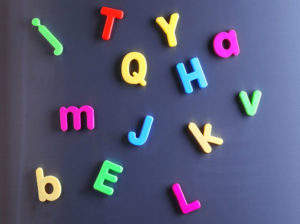 Whether it’s keeping your bag closed or sticking photos on your fridge, magnets have many uses in everyday life. They are in loudspeakers, headphones and electric motors.
Whether it’s keeping your bag closed or sticking photos on your fridge, magnets have many uses in everyday life. They are in loudspeakers, headphones and electric motors.
Among the many everyday applications of magnets are fridge decorations that cling to (steel) fridge doors, and the magnetic strip on the inside of a fridge door that keeps the door closed. Electromagnets are coils of wire wound around an iron core. When current flows through the coil, it produces a magnetic field, which magnetises the iron. Electromagnets are found in electric motors, cranes in scrapyards and in loudspeakers and headphones.
